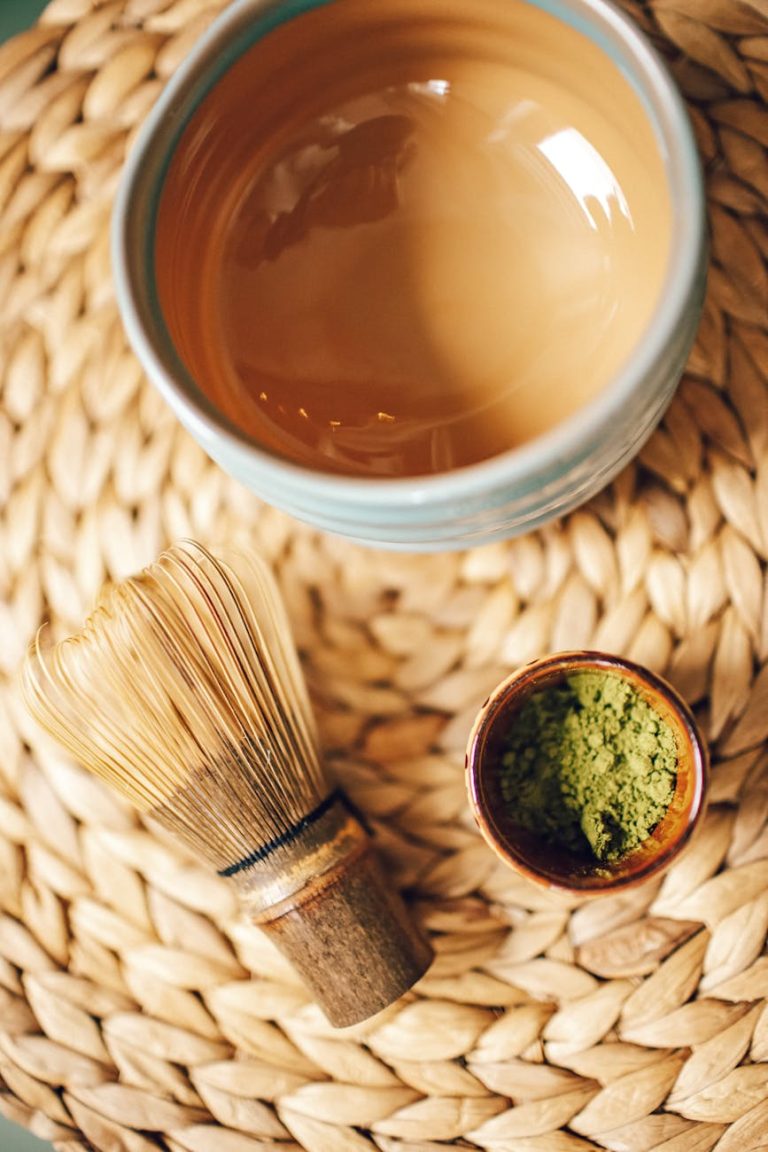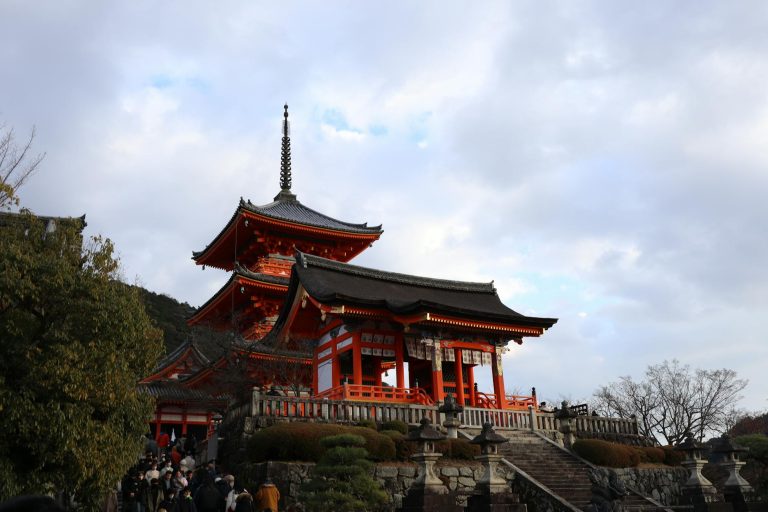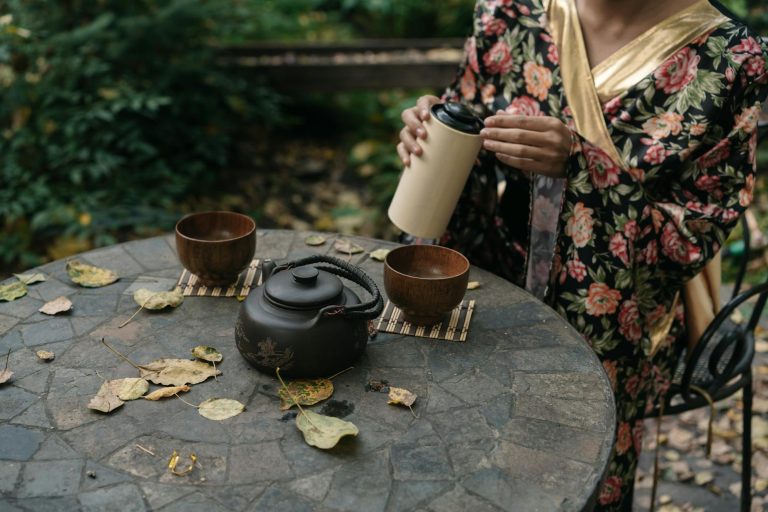
Ever caught yourself in a moment of pure stillness, where time seems to pause and the chaos of life fades? Imagine stepping into the serene world of Japan, a place where meditation isn’t just a practice but a way of life. The ancient art of stillness here has roots that run deep, intertwining with the very fabric of Japanese culture.
Let’s rewind a bit. You may have heard of Zen Buddhism, right? Well, it’s not just a trendy term thrown around in yoga studios. Zen, or Zenna, arrived in Japan in the 12th century, bringing with it a wave of mindfulness practices that transformed the spiritual landscape. Picture a monk sitting cross-legged, eyes soft and unblinking, embodying the essence of calm. This image is a snapshot of what meditation has meant in Japan—an avenue to enlightenment and inner peace.
But wait, there’s more! Meditation in Japan isn’t solely about Zen. It also dances with Shinto beliefs, the indigenous spirituality of Japan. Imagine being in a lush forest, surrounded by ancient trees and the soft rustling of leaves. That’s the essence of Shinrin-yoku or forest bathing, where connecting with nature becomes a form of meditation. It’s not just a walk in the woods; it’s a spiritual embrace, a way to harmonize with the earth. Isn’t it beautiful how nature can become a meditation practice in itself?
Now, let’s talk about the nitty-gritty. There are several meditation techniques that have blossomed in Japan:
- Zazen: This seated meditation is a cornerstone of Zen practice. It’s all about finding your breath and letting thoughts drift away. Sounds easy, right? But it can be challenging!
- Kinhin: Walking meditation that encourages mindfulness in every step. Imagine strolling through a temple garden, each footfall grounding you in the present moment.
- Shikantaza: A form of Zazen where you simply sit and be. No goals, no aspirations—just existence.
As time marched on, meditation evolved. The peaceful practices of old began to weave into the fabric of modern life. Fast forward to today, and you’ll find an explosion of interest in mindfulness techniques among both the Japanese and global communities. There’s a blend of tradition and innovation, where ancient practices meet the hustle and bustle of contemporary living. It’s like a beautiful fusion sushi roll—old meets new in the most delicious way!
And let’s not forget the influence of pop culture. Ever seen a samurai movie? Those intense training scenes often showcase the calmness and focus that meditation brings. It’s a reminder that mental clarity isn’t just for monks; it can empower anyone. So, are you feeling inspired yet?
In a world that often feels chaotic, the legacy of meditation in Japan serves as a gentle nudge to slow down. Whether you’re sitting in silence or wandering through a tranquil forest, the essence remains the same—finding peace amidst the noise. So next time you take a moment for yourself, remember the rich history that supports your practice. Who knows? You might just tap into something ancient and profound.



